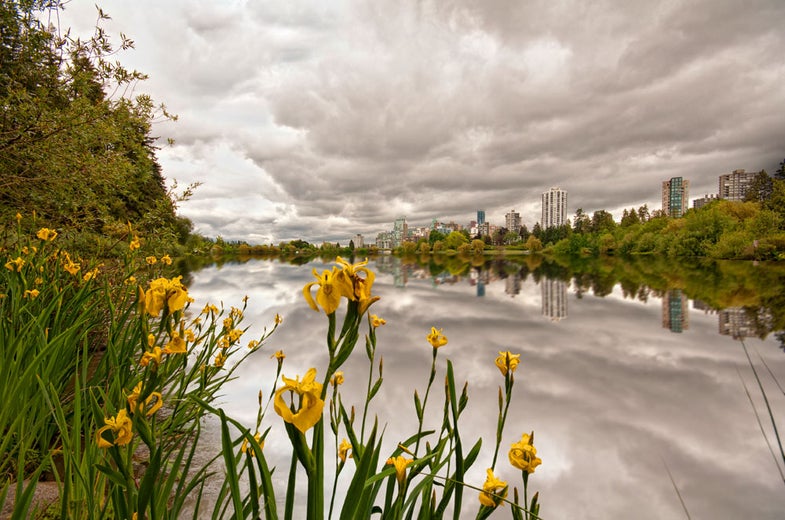Software Workshop: Creating a Fake Reflection
Use Photoshop to add an interesting new dimension to your photos.


Step 1:

Step 2:

Step 3:

Step 4:

Final Step:
Use Photoshop to add an interesting new dimension to your photos.
By Debbie Grossman |


Step 1:

Step 2:

Step 3:

Step 4:

Final Step:
Want more photography techniques, camera reviews, and inspiration?
Sign up for Popular Photography's newsletter and join the club.
LET'S GO